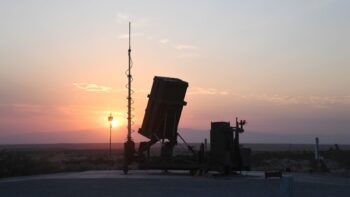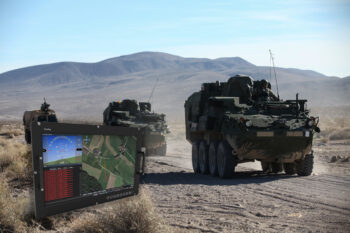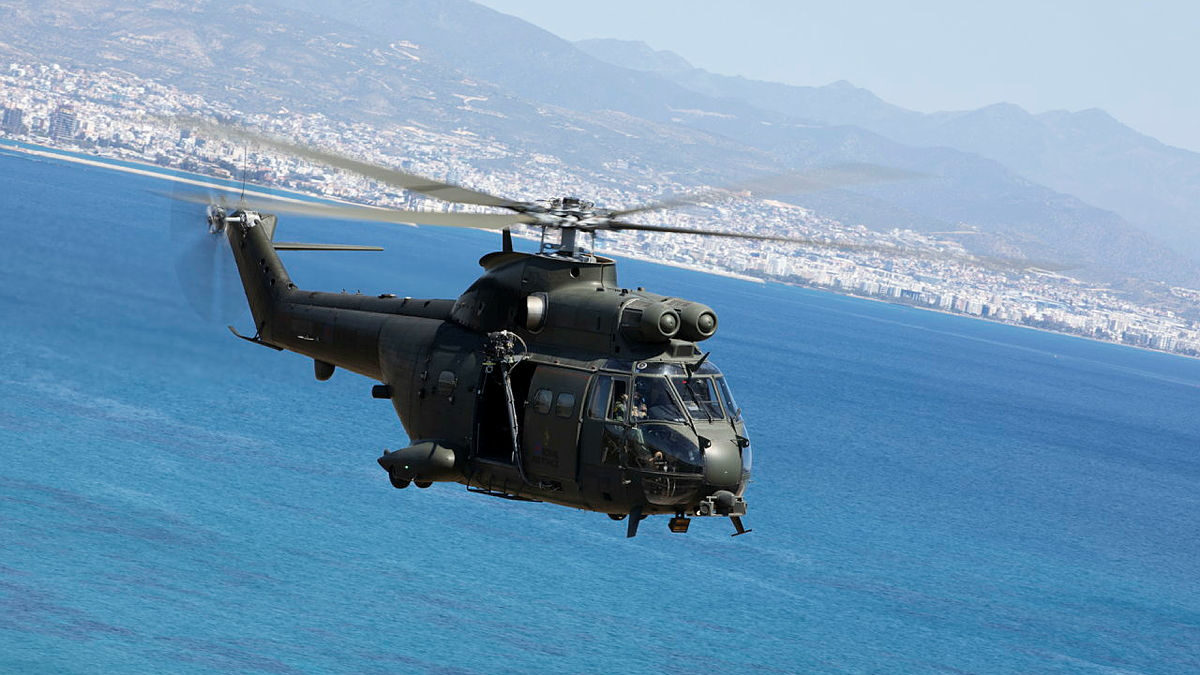
UK Puma aircraft are due to be replaced under the New Medium Helicopter acquisition but the path ahead looks uncertain with a strategic defense review in motion (UK MoD)
BELFAST — The new United Kingdom government’s decision to launch a Strategic Defence Review (SDR) has put industry in the uncomfortable position of having to wait until next year for assurances that procurements currently on the books, whether big ticket or not, will survive long term.
The timing is particularly difficult for the New Medium Helicopter (NMH) acquisition, designed to source a replacement for aging Airbus Puma HC2 helicopters, but which has struggled with delays, uncertainty over aircraft numbers and question marks over funding.
The three competitors — Airbus Helicopters UK, Leonardo Helicopters UK and Lockheed Martin UK — are already locked into the Invitation to Negotiate (ITN) final stage of the procurement, requiring them to make formal bids no later than Aug. 30 if they want a chance to compete for the £1 billion ($1.3 billion) program. But only once the results of the larger review are shared “in the first half” of 2025 will industry learn if their bids meet the needs, or if the program will be radically changed or even scrapped entirely.
The ITN phase, first launched in February, revolves around a request for 23 to 32 aircraft, according to a recent Flight Global report. London has only ever said “up to” 44 helicopters will be ordered. (Breaking Defense has twice previously reported figures from industry officials between the range of 25 to 35 or around 30 platforms.) The UK MoD declined to comment on ITN aircraft quantities or funding for this report.
NMH is contested by Airbus’s H175M super-medium platform, Leonardo’s AW149 multirole helicopter and Lockheed Martin’s S-70M Black Hawk utility rotorcraft, but though London has committed to evaluating the aircraft “through 2025,” by default, no program is safe from the SDR, except perhaps the AUKUS nuclear submarine program. Broad comments to that extent were delivered by Luke Pollard, an armed forces minister, earlier this month, setting off speculation that the GCAP sixth-generation fighter program is in peril. While officials spent most of Farnborough walking that back, it is no surprise that NMH’s future is somewhat up in the air.
Based on conversations or written exchanges Breaking Defense had with senior executives over the last week, there does appear to be some uncertainty in industry about whether the SDR will impact the helicopter program’s future.
The most confident comments came from Adam Clarke, managing director of Leonardo Helicopters UK, who told Breaking Defense, “We are supportive of the new administration’s strategic defence review and do not believe it will delay the New Medium Helicopter competition. Our team is working extremely hard on the bid and will deliver this on-time as planned.” Clarke described ITN funding as “manageable.”
He also said that an “immediate step of procuring a proven-in-service medium multi-role helicopter continues to make sense” because the Puma has been operational since the mid-1970s and was initially due to be phased out in 2023. Additionally, said Clarke, next-generation rotorcraft platforms are scheduled to be in service around the 2040s, making the case that decisionmakers have a strong need to stay the course on NMH.
Paul Livingston, Lockheed Martin UK CEO, focused on the potential ramifications of the SDR.
“I think [NMH] is one of those things through the defense review, they [UK MoD] will look at,” he told Breaking Defense during the Farnborough Air Show. “They could change their requirements. They could change their quantity [of aircraft], they could change any number of parameters around that program. So we would need to see what that looks like” before considering a next move, further in the future.
In the interim, Livingston said Lockheed intends on issuing a “response” to the ITN — notable, as it was reported earlier this month that Lockheed could be “on the verge” of walking away from NMH without making a bid.
The trade media “can report I’m dating Taylor Swift, it doesn’t mean it’s happening,” Livingston said of the doubts surrounding Lockheed’s continued participation.
“On what’s written today, between the government and ourselves, I’m confident that we are providing the government a response on where we see the program is” at, he said, while stressing that “there is an ongoing dialogue which we continue to participate in and that’s kind of as much as I can say because it is commercially sensitive.”
Lenny Brown, Airbus Helicopters UK CEO, also noted the potential significance of the SDR in a brief statement.
Airbus is “in the process of seeking clarification from the MoD regarding certain aspects of the [ITN] tender … And of course we will now need to wait for the outcome of the Strategic Defence Review to see if there are any implications for NMH,” he said.
Local Production
The SDR is designed to look at the entirety of Britain’s defense spending plans, so it is natural that there would be some concern that NMH, already in a somewhat precarious position in terms of numbers, could be on the chopping block. Industry, however, will likely hope the economic benefit from the program will keep it locked on.
London has stressed to industry the importance of local production, which carries a 25 percent weighting for industry bids.
Leonardo has consistently campaigned around the message that it is the only onshore helicopter manufacturer in the UK. But Airbus has countered that if the UK were to select the H175M, production would be based out of a new line in Broughton, Wales — offering stiff competition to Leonardo’s claim.
Lockheed has signaled that supply partner StandardAero, based in Gosport, England, would build the helos if it went on to win a contract.
Of course, the winner of the NMH contrat would also find themselves well-positioned for lucrative export contracts, offering an economic boon to the UK.
According to Clarke, with “a new UK-manufactured helicopter, endorsed by our internationally respected Armed Forces, we could address a global market for 500 medium-sized military helicopters, worth tens of billions in UK exports.” Airbus has similarly talked of the same 500 figure market forecast.
That Lockheed’s S-70i export version of the Blackhawk is typically produced out of Poland, could put the firm at a competitive disadvantage.
Canada, Australia jointly pledge $474M to research hypersonic missile defense tech
The announcement was made at the start of the annual Halifax International Security Forum, Canada’s premiere defense event.


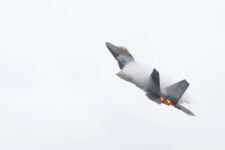

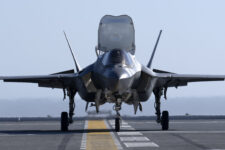
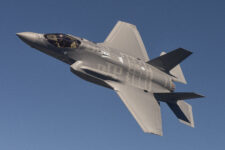







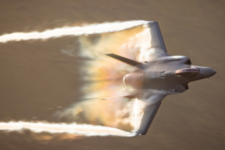



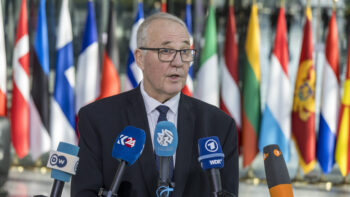
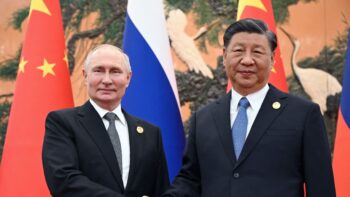


![E-2D_AR_1[1]](https://breakingdefense.com/wp-content/uploads/sites/3/2024/10/E-2D_AR_11-350x233.png)

